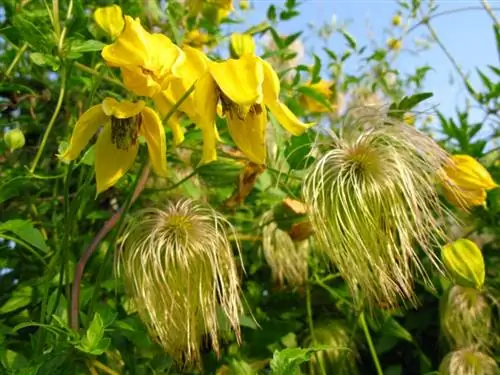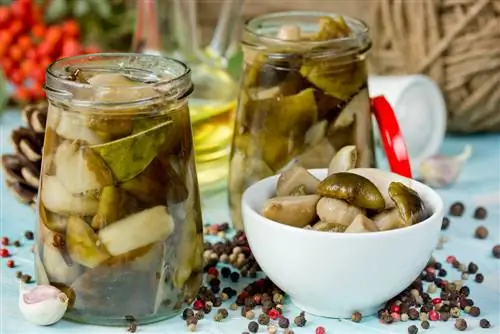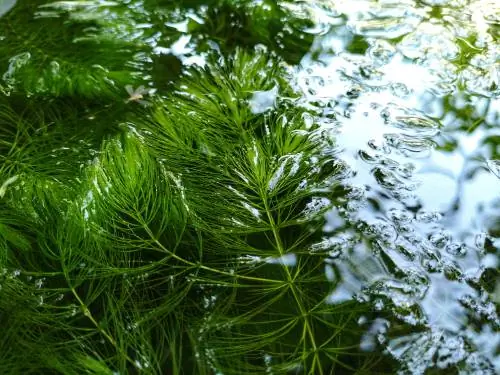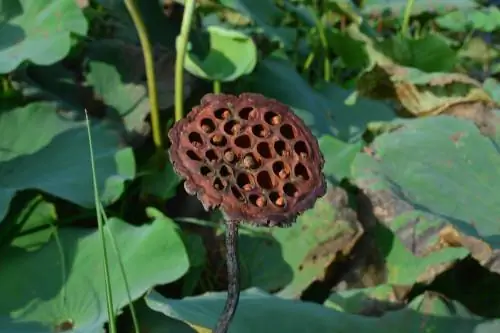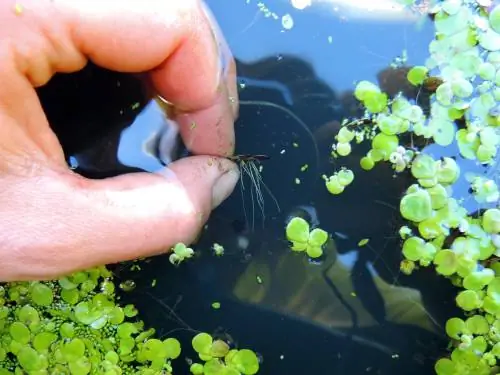- Author admin [email protected].
- Public 2023-12-16 16:46.
- Last modified 2025-01-23 11:21.
The best way to grow aquatic plants depends primarily on the species in question. In this guide you will learn about growing seeds in detail and also find out which vegetative methods make sense for which plants.
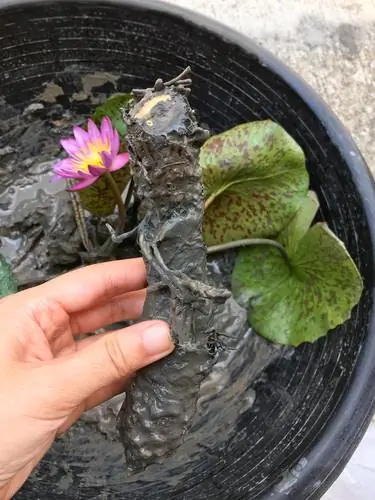
How can I grow aquatic plants myself?
To grow aquatic plants, you can use seeds and sow them in spring or resort to vegetative methods such as rootstock division, rhizome separation and cuttings. The method depends on the plant species and should be adjusted accordingly.
Growing by seeds
Some swamp and aquatic plants can generally be grown from seeds - as follows:
- Collect ripe seeds from the ripe fruit heads in late summer or autumn.
- Keep seeds moist and cool until sowing (otherwise they will dry out and need significantly more time to germinate). Important: If you don't want to sow the seeds until next spring, you have to store them in a cool and dry place, otherwise they will grow mold, which is of course not desirable.
- Use a plate as a germination tray. Line this with cellulose (€16.00 on Amazon) and moisten it with a spray bottle. Then distribute the seeds evenly over the pulp. Finally, cover the whole thing with a transparent film.
- As soon as the seedlings appear, they should be pricked out and then placed in a flat plastic box with potting soil. Place this container in a slightly larger bowl. Fill the latter with water - so much that the soil with the seedlings is about three centimeters deep under water.
- Transplant the young plants into individual pots as soon as they grow above the water surface. Place these pots in a glass or plastic aquarium filled with water.
- From April, the aquatic plants can move to the garden pond.
However, there are also simpler - i.e. less tedious - ways to grow aquatic plants. In addition, not all pond plants produce fruits and seeds under local climatic conditions. Therefore, when in doubt, vegetative breeding is usually more suitable.
Vegetative methods at a glance
If you want to grow water lilies or pond lilies with rootstock, you have to cut out the eyes on this rootstock with a knife.
For water lilies or pond lilies that form rhizomes, separate rhizome runners from the mother plant. Do the same with bank plants with rhizomatous roots.
In contrast, the rhizome of a bank plant with an onion-like root bulb must be pulled apart. This also applies to frost-resistant native floating plants. You can grow exotic floating plants in a well-lit, warm-water aquarium indoors (separate runners with daughter plants from the mother plant).
For completely submerged aquatic plants, you should propagate them using cuttings.


